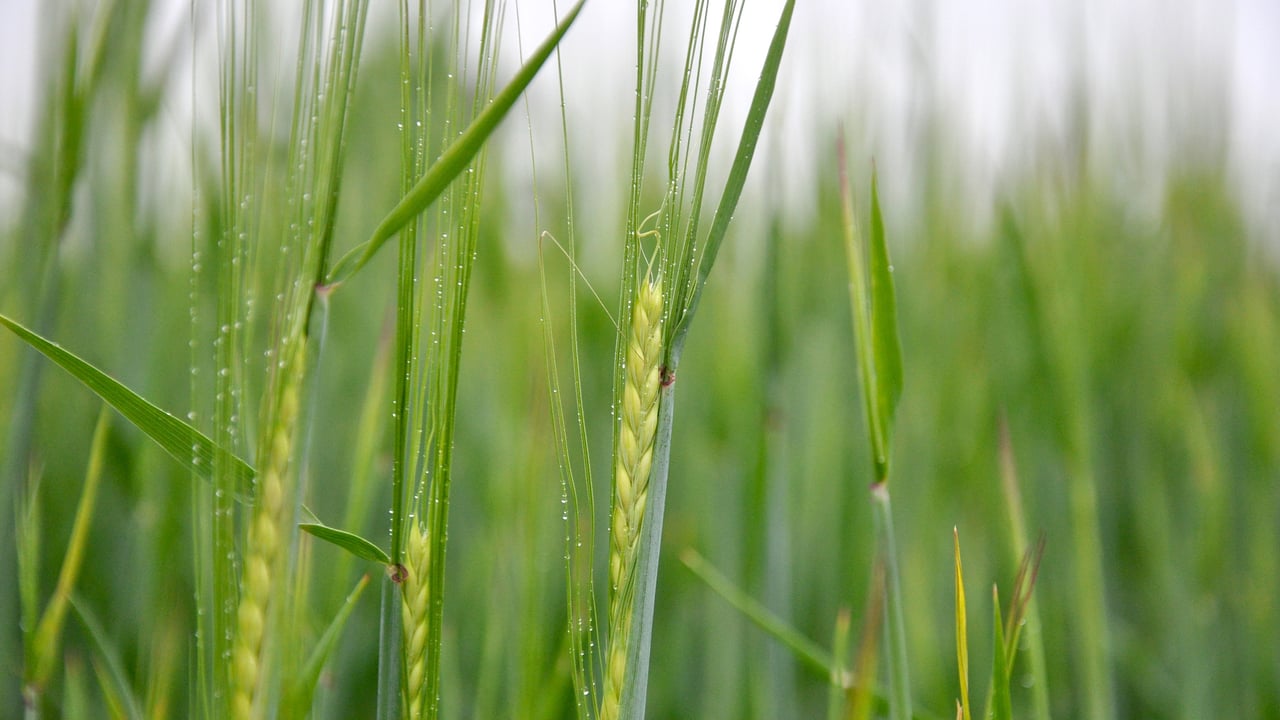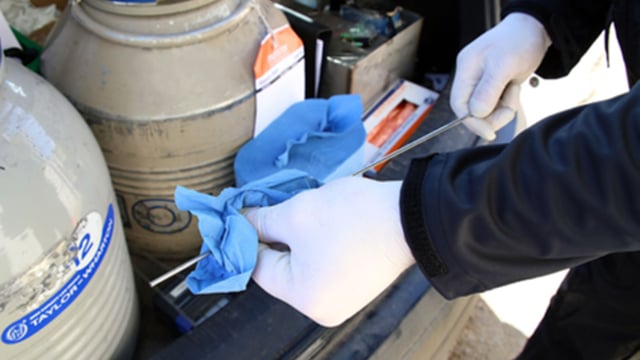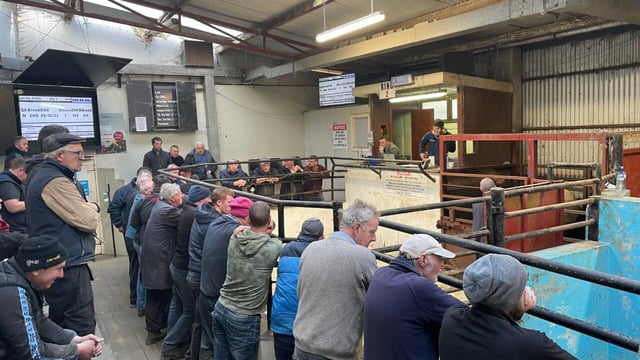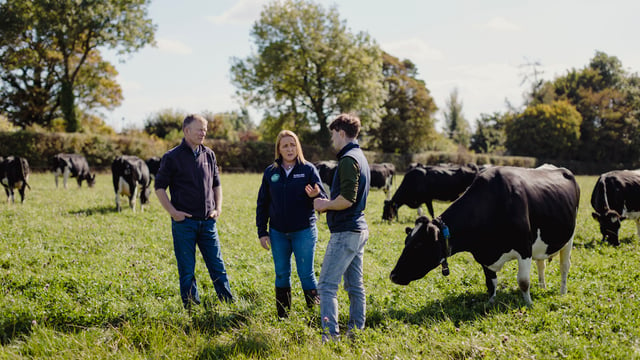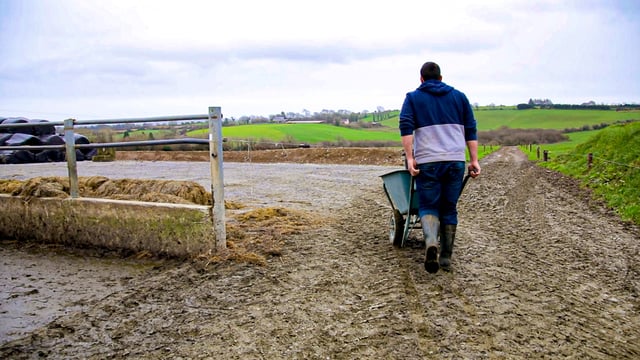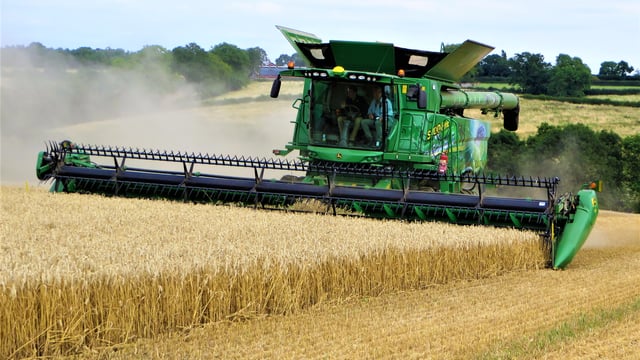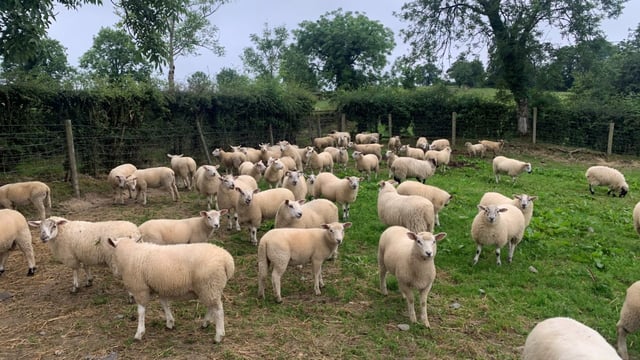BYDV confirmed at later growth stages in spring barley crops
Barley Yellow Dwarf Virus (BYDV) has been confirmed at later stages of growth in a number of spring barley crops.
These later-than-usual symptoms are showing up as yellowing on the flag and second leaves, according to Teagasc tillage specialist, Ciaran Collins.
He told Agriland: “We have seen this happen before. However, it is a rare enough occurrence and Teagasc researchers are investigating what factors have combined to encourage the onset of BYDV at this time of the year.”
“We have had confirmation of the issue arising from growers across the country, particularly in Tipperary and Donegal.
"It seems to be less of an issue in Cork and Wexford, the country’s main spring barley growing areas.”
According to the Teagasc representative, BYDV rearing its head at this time of the year is generally not a ‘yield robbing’ issue, but this is something the agriculture authority is following up on.
However, these recent developments again highlight the evolving potential of the virus to impact negatively on Irish cereal production.
Last year saw a lot of BYDV confirmed in spring wheat, particularly in the north Co. Dublin area. But this was at an early stage of crop development.
According to Collins: “BYDV-tolerant varieties of winter barley are now widely available in Ireland. And they seem to be effective in curtailing the impact of the disease.
“However, BYDV-tolerant varieties of spring barley are not as yet available. But this scenario will certainly change over the coming years.”
Spring barley
The tillage specialist went on to confirm that spring barley is a bit of a mixed bag this year, largely depending on when the crop was sown and when nitrogen was applied.
He said: “The best crops so far are those that were drilled early and received their main split of nitrogen before the rain came.
“On the other hand, crops sown later struggled through the dry spell, which had left soils in the south and south-east with moisture deficits of about 40mm on well-drained land.
“In early sown crops, shoot numbers of 800 to 900/m² suggests good yield potential. However, later-sown crops have fewer shoots and shorter plants overall.”
According to the Teagasc representative, disease pressure has stayed low this season due to the ongoing dry weather.
"However, it has been tricky to get the final fungicide spray on at the ideal time (awn emergence), due to showery and windy conditions,” he noted.
“That said, the lower rainfall is helping reduce the risk of diseases like ramularia.”

